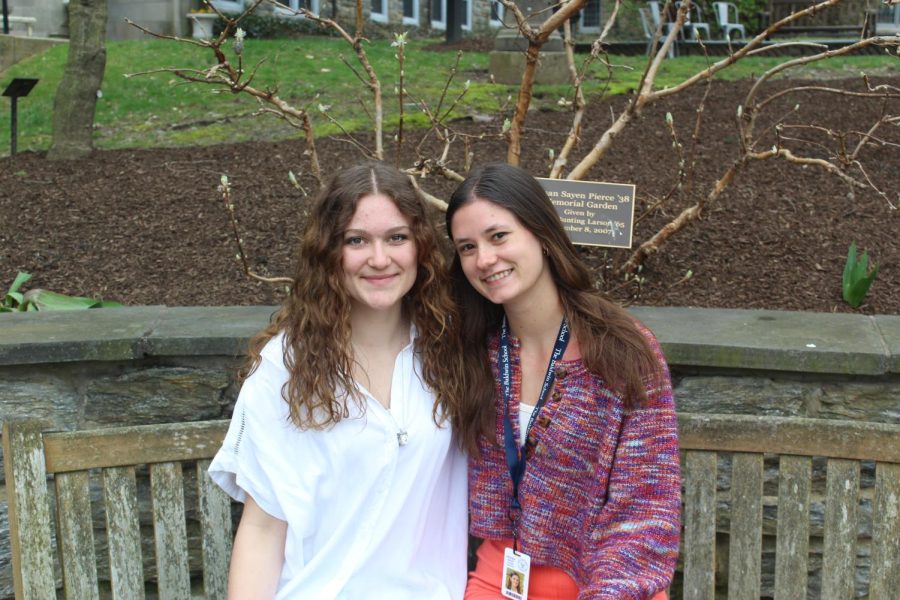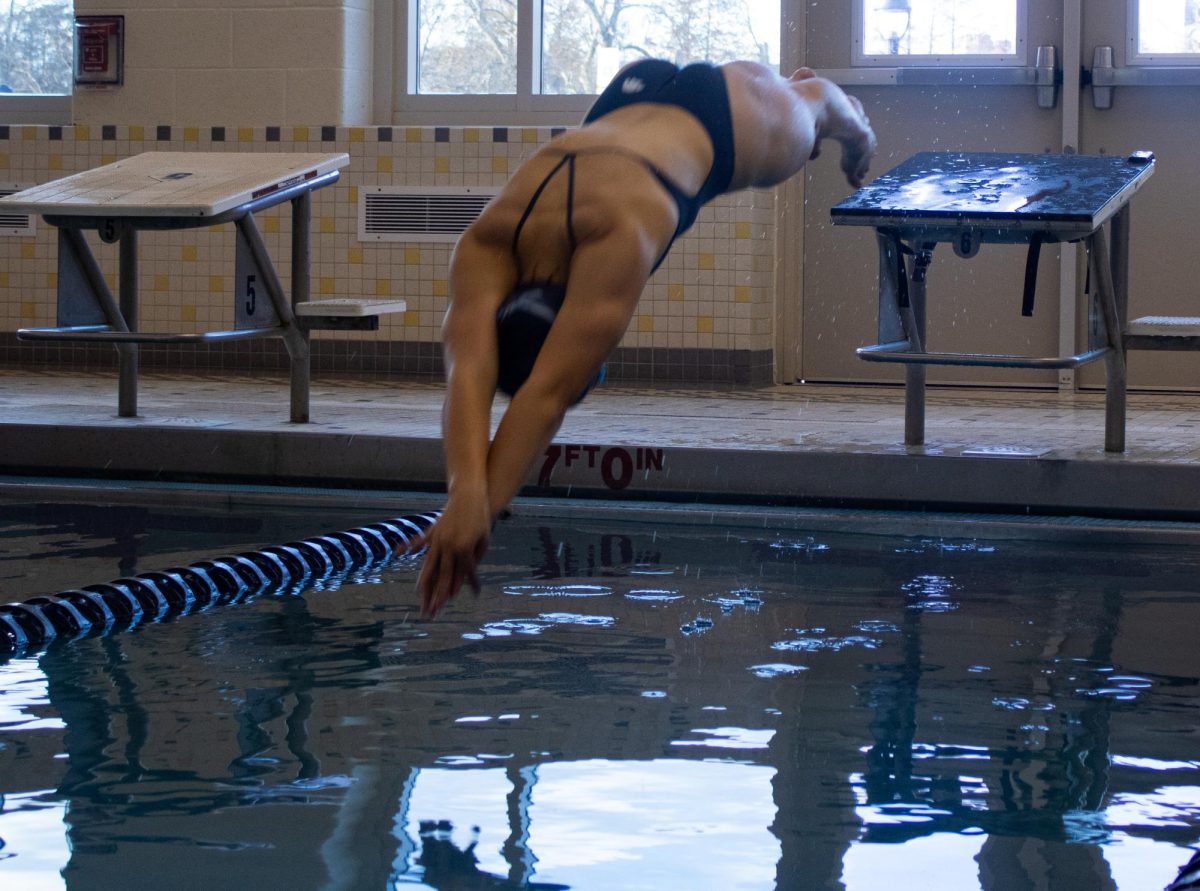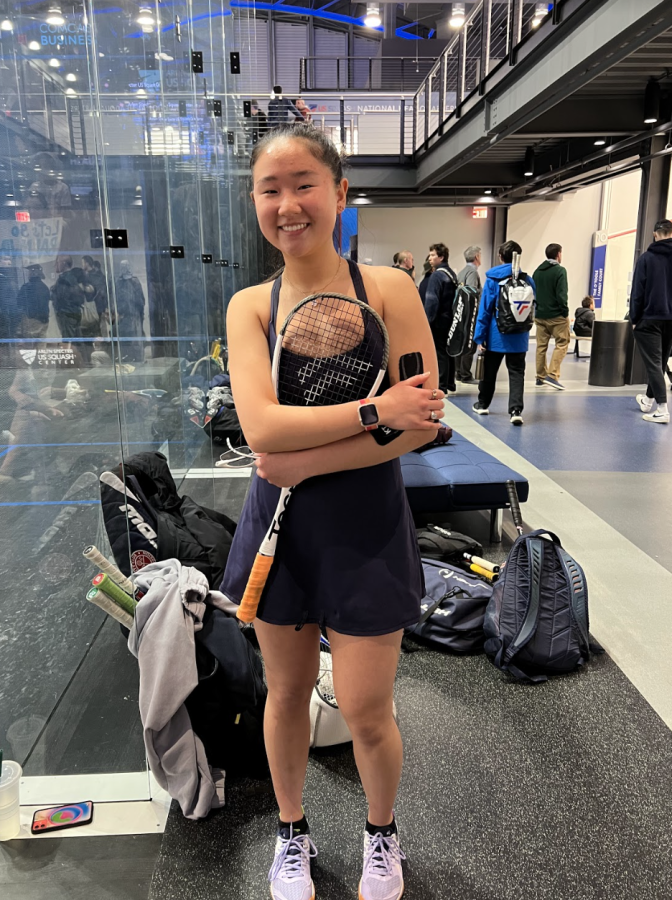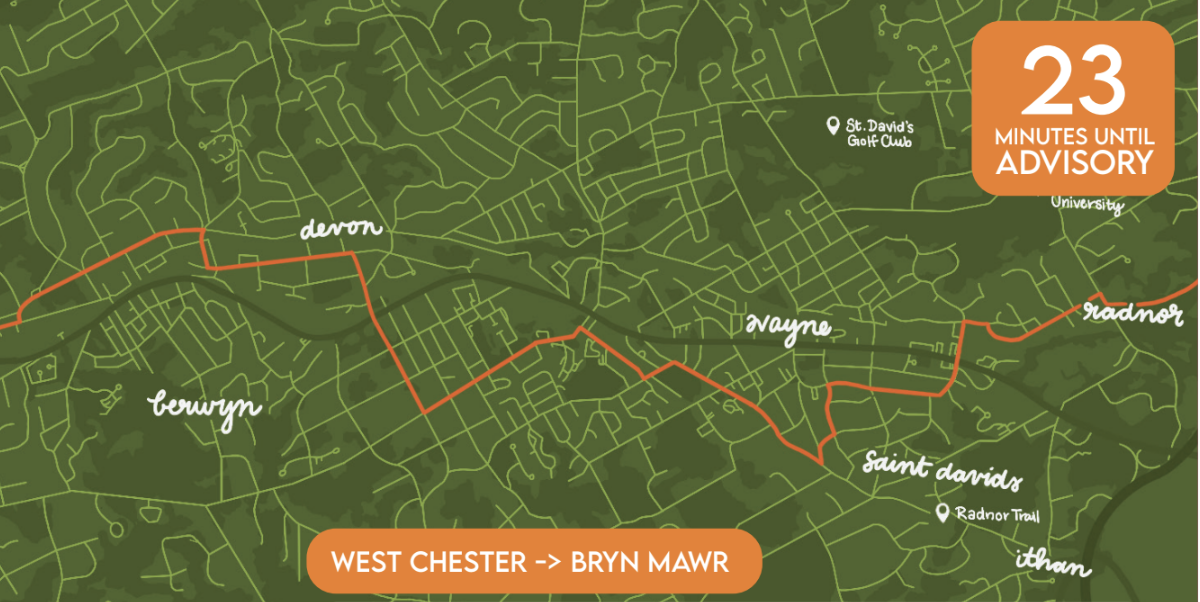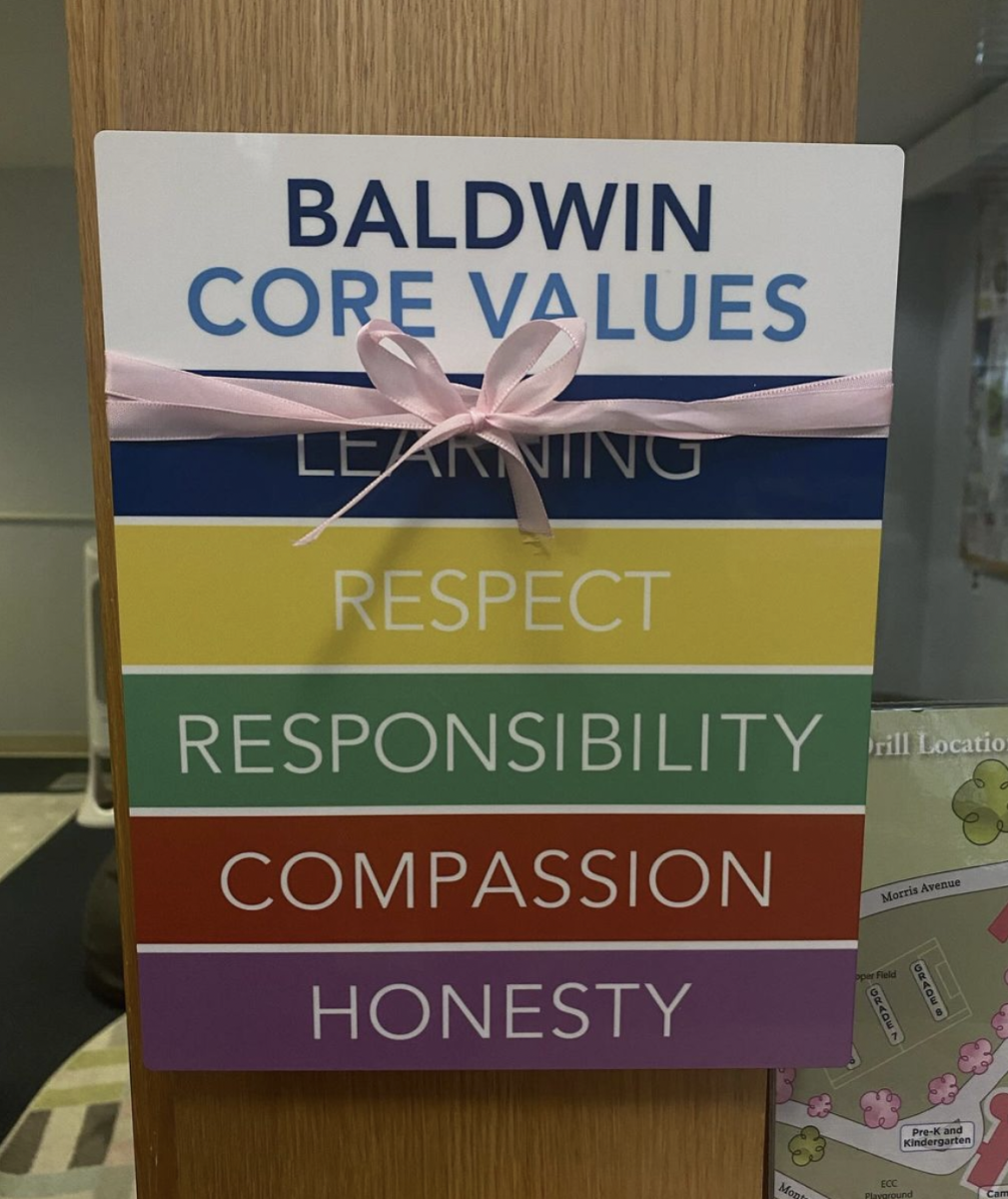
When you walk into school on the first day, how many people do you see in your classes? 15? 18? What about four?
Ms. Helen Snyder, Baldwin’s Database Administrator and Scheduler, usually does not schedule such small classes. However, one of the main reasons for the irregular class sizes this year is the small number of juniors.
“We have three sections of the core classes like English and Biology where normally we would have four,” Ms. Snyder said.
As a result, this year she ended up with an Honors U.S. History II with a section of 16 and a section of four and an Honors Biology with a section of 17 and a section of eight.
When scheduling, the target number of students for each class is 16 to 18. According to Bethany Yang ‘25, this makes for a lively class, with input from several voices, but also not large enough that students are drowned out. For History teacher Dr. Athan Biss, these target class sizes are numbers that can easily be arranged in groups. What changes in the learning and teaching dynamic when the number of students is as low as eight or even four?
“It forces you to work really hard in each class because you can’t really slack off,” Caroline Fenton ‘25 said.
Fenton, who is in Advanced Topics Latin 5 with three other students, thinks that the small class size pushes them to participate and perform well.
“There’s a little bit of pressure because everybody knows how you’re doing and you are one of the only ones. If nobody’s participating then it’s really awkward,” Fenton said.
On the other hand, a small class size can offer deeper discussion. Yang, who is in a four-person Honors U.S. History II class finds herself preferring a small class over a larger class.
“It feels more casual and personalized so that if we have any questions, we have the time and the ability to go there and explore those ideas that can really give us a more well-rounded view,” Yang said.
She believes this is harder in a larger class.
“Where everyone is raising their hand, you don’t always get called on,” Yang said.
With participation in a large class, students can gain exposure to more perspectives and opinions, rather than just a few that would be offered in a small class.
While students experience a difference in learning style between large and small classes, teachers also notice changes when teaching such classes.
Dr. Biss, who teaches the 16-person and four-person Honors U.S. History II sections, thinks that in a small class, he can be a part of the group in a way. This creates a closer classroom environment.
Nonetheless, Dr. Biss recognized challenges with his smaller class, especially with group work and simulations requiring different parts. To address this challenge, he made an effort to schedule time outside of regular class hours to give students opportunities to work in larger groups.
In bigger classes, Dr. Biss has noticed that it’s harder to give individual feedback, especially in essay-writing. He looks towards peer-editing as a solution, since students not only develop their own reading and editing skills but also provide them with detailed and specific feedback that they might not have gotten otherwise.
Regardless of what students may experience at Baldwin, in college many of them will encounter large lecture-based classes of 200 people, as well as small seminar classes. Even so, Yang thinks it’s important for students to be open to smaller classes.
“If anybody has a really small class size in the future, don’t shy away from just facing it head on.” Yang said. “Absorb all the experience that you can get from that class.”











